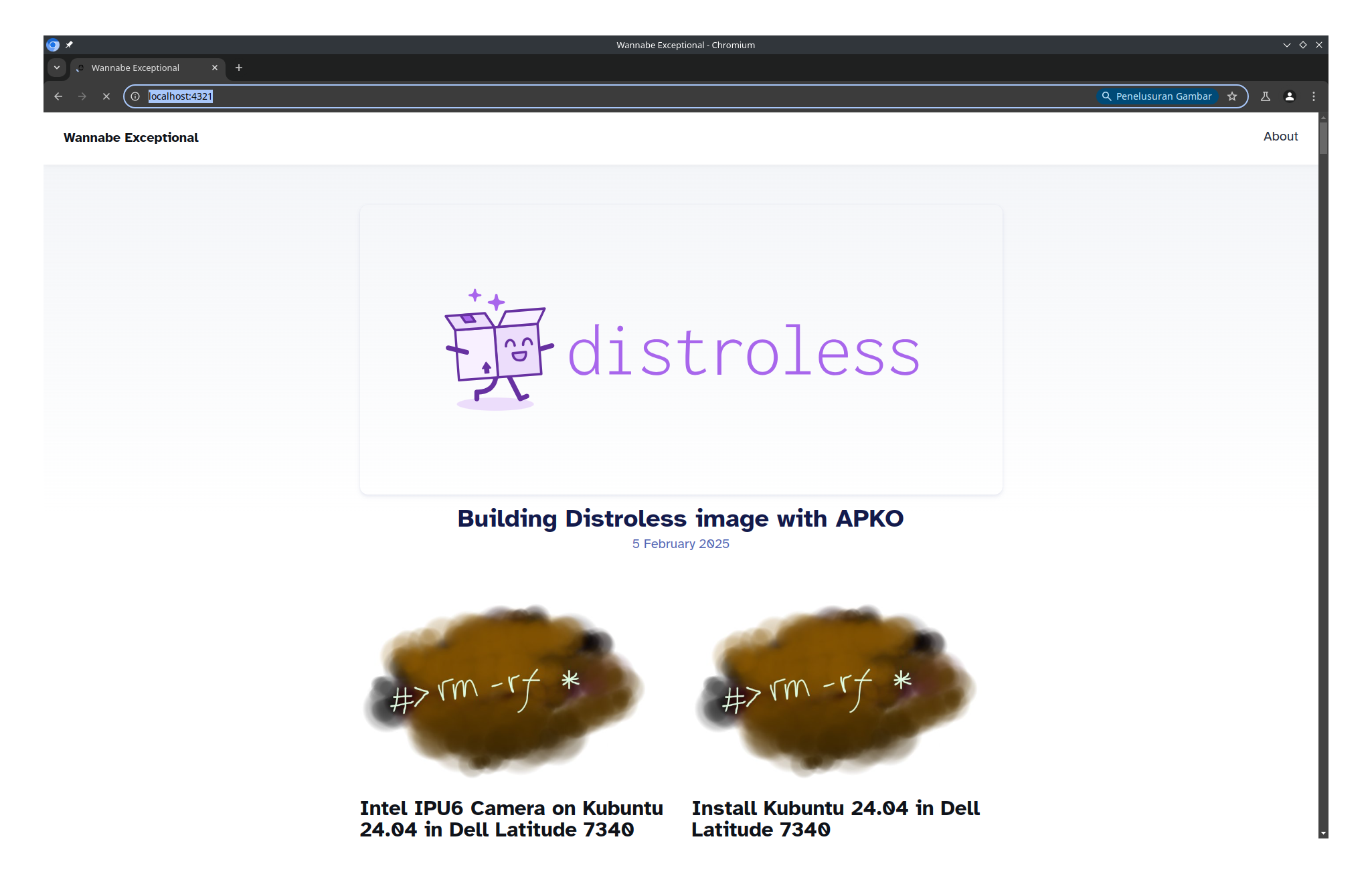TL;DR
- Context: Explain why you’re building the feature and its purpose
- User Journey: Outline step-by-step how users will interact with the feature
- Technology: Specify APIs, databases, and services to use
- Design Direction: Provide specific UI/UX requirements and styling preferences
Why Prompt Quality Matters for AI App Development
AI coding tools like Lovable, Cursor, Bolt, and Replit are powerful, but they’re still just sophisticated code generators. The quality of your prompts directly determines the quality of the generated code and how well it fits your project needs.
If you’ve been stuck in “AI bug doom loops” where you ask for a simple feature like “add login and sign up” and hope for the best, this framework will transform your AI-assisted development workflow.
The 4-Part Prompt Framework
1. Context: Set the Foundation
Why it works: AI tools can’t read your mind. Context helps the AI understand not just what to build, but why you’re building it.
Example for a dog training app:
I want to build a progress tracking feature to help people training their dog to track how well they are doing and be incentivized to continue training.
Key elements to include:
- The purpose and goals of the feature
- Target users and their needs
- Business value or user benefit
- How it fits into the larger app ecosystem
2. User Journey: Map the Experience
Why it works: This tells the AI exactly what pages, interactions, and flows need to be built.
Example:
Every time a user completes a training task, show a congrats screen and message, then take them to their progress page and show the completed task and give them actionable next tasks to complete from this page. Users can also go into their account to see their progress at any time.
What to outline:
- Entry points (how users access the feature)
- Step-by-step user flow
- Success states and celebrations
- Alternative paths or edge cases
- Integration points with existing features
3. Technology: Specify Your Stack
Why it works: Prevents the AI from making assumptions about your preferred tools and reduces integration errors.
Example:
I want progress to be stored against a user’s account in Supabase.
Common specifications:
- Database: Supabase, Firebase, PostgreSQL
- APIs: 11 Labs, Twilio, Stripe
- Authentication: Supabase Auth, Firebase Auth
- File storage: AWS S3, Cloudinary
- Notifications: OneSignal, Firebase Cloud Messaging
4. Design Direction: Polish the Details
Why it works: Ensures the generated code matches your design vision and maintains consistency.
Example:
Use the same color as the buttons for the progress bar and use Inter font in 600 weight for the headings. Animate the progress bar as it goes up.
Design elements to specify:
- Color schemes and branding
- Typography (fonts, weights, sizes)
- Animations and transitions
- Component styling preferences
- Responsive behavior requirements
Complete Prompt Example
Here’s how a basic request transforms into a comprehensive prompt:
Basic (ineffective):
Add progress tracking to my app
Framework-based (effective):
Context: I want to build a progress tracking feature to help people training their dog to track how well they are doing and be incentivized to continue training.
User Journey: Every time a user completes a training task, show a congrats screen and message, then take them to their progress page and show the completed task and give them actionable next tasks to complete from this page. Users can also go into their account to see their progress at any time.
Technology: I want progress to be stored against a user’s account in Supabase.
Design: Use the same color as the buttons for the progress bar and use Inter font in 600 weight for the headings. Animate the progress bar as it goes up.
Iteration and Debugging Strategies
For Small Changes
When making minor updates to existing features:
- Select the specific file in your codebase
- Be extremely specific about what you want to change
- Add context about why the change matters
Example:
In
/app/progress-bar.tsx, when it animates, I want to add easing to the animation so that it feels smooth and is more engaging for the user. Do not change the functionality.
Workflow Tips
- One feature at a time: Focus on single features to avoid confusion
- Fresh chat for each feature: Clear chat history prevents context pollution
- Don’t be afraid to discard: If a prompt isn’t working after 2-3 iterations, start over
- Test incrementally: Build and test each feature before moving to the next
Introducing App Canvas: Automated Prompt Generation
The framework above can be time-consuming to write manually. App Canvas automates this process by:
Features
- AI-powered idea improvement: Enhances generic app ideas with specific targeting
- Market validation: Researches competitors and validates demand
- Customer persona generation: Creates detailed user profiles
- Tech stack recommendations: Suggests optimal technologies
- MVP planning: Creates step-by-step development roadmaps
- Automated prompt generation: Creates framework-compliant prompts for each feature
How It Works
- Input your app idea (e.g., “todo list app for dogs”)
- AI improves and validates your concept
- Generate tech stack recommendations
- Create MVP roadmap with specific features
- Generate prompts for each development step
- Copy and paste into your preferred AI coding tool
Example Workflow with App Canvas
For a dog training app called “Paw Planner”:
- Setup Phase: Generate prompt for project initialization
- Authentication: Create user accounts and login flow
- Core Features: Add task management, progress tracking
- Advanced Features: Implement recurring tasks, milestone celebrations
Advanced Prompting Techniques
Context Building
Before writing feature-specific prompts, establish project context:
This is a dog training app for busy professionals. Users need to track daily training sessions, set reminders for walks and feeding, and celebrate milestones to stay motivated. We’re using Supabase for backend, React for frontend, and want a clean, modern design with smooth animations.
Error Prevention
Specify what NOT to change:
- “Keep existing authentication flow intact”
- “Maintain current design system colors”
- “Don’t modify the database schema”
Testing Integration
Include testing requirements in your prompts:
- “Add unit tests for all new functions”
- “Ensure the feature works on mobile devices”
- “Test all user flows for edge cases”
Conclusion
This 4-part prompt framework (Context, User Journey, Technology, Design) will dramatically improve your AI-assisted app development experience. By providing specific, comprehensive instructions, you’ll get better code, fewer bugs, and faster development cycles.
The key is treating AI coding tools as junior developers who need detailed specifications, not mind-readers who can interpret vague requests. Start with one feature at a time, be specific about requirements, and don’t hesitate to iterate or start over when needed.
For those who want to skip manual prompt writing, App Canvas automates this entire process while maintaining the same high-quality standards.
References
-
Chris from App Canvas. (2024). AI Prompt Framework for Building Apps with AI Tools [Video]. YouTube. https://www.youtube.com/watch?v=MUVwtIvSDBg
Primary source for the 4-part prompt framework methodology covered in this article, including the Context, User Journey, Technology, and Design components.
-
App Canvas. (2024). AI-Powered App Development Platform. https://appcanvas.io
Platform that automates the prompt generation process using the framework described in this article.
This article is based on the comprehensive framework presented in the referenced YouTube video and is intended to help developers improve their AI-assisted app development workflow.


